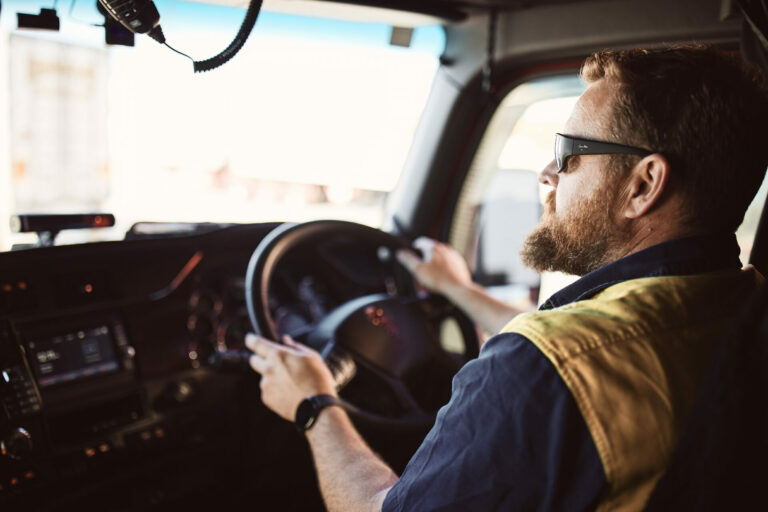The safe and efficient transport of goods across Australia is essential to the continued growth and prosperity of this great country, and with road freight volumes projected to increase by 77 percent from 2020 to 2050, the demands on our industry are only going to increase, considerably.
As most of you with trucking businesses are feeling, we’re already short of 26,000 truck drivers, and the costs of running a freight business have escalated dramatically in recent years. So with a new Government term about to start, we’ve developed a national reform agenda to deliver a safer, more sustainable road freight industry for us all. The Road to 2028 sets out a range of specific recommendations, supporting five key outcomes.
One of these is ‘Increased Productivity’, always a priority for our members, and we remain focussed on eliminating 90% of all permits by 2028. Although an agreement was reached to secure this change, the work is ongoing, so pressure will be placed on the incoming Government, whoever it happens to be.
In fact, during the first sitting week of Parliament in February, I spent considerable time in Canberra meeting with Labor, Coalition and Independent members of parliament, taking them through NatRoad’s Road to 2028 priorities, so this work has already begun.
To address the shortage in ‘Skilled Workers’, we’ve developed a Road Freight Workforce Action Plan, that includes the creation of a national truck driver standard and apprenticeship program, along with a considered reform of licensing and training.
Measures such as these will ensure we can recruit, and train, the number of drivers required while maintaining high standards across the board, with the safety part of the picture throughout.
Another key outcome is the pursuit of ‘Lower Emissions’ for the industry, and we’ve developed a Stronger Economy, Lower Emissions policy paper that includes a $3.5 billion Clean Transport Fund, delivering financial support to smaller freight businesses.
While the transition to net-zero needs to be achieved, we’re very aware the additional cost to small business may be too much at the moment. We know, we understand the cost pressures trucking businesses are under, and that’s why ‘Defined Costs’ for our members is another key outcome.
Our aim is to reduce the cost pressures on businesses with a raft of initiatives including state and territory tax reform, an independent price regulation of landside port charges, and a review of heavy vehicle tolls.
Some costs are unavoidable, such as road user charges, which unfortunately have to increase along with infrastructure spend. We’re calling for an incremental increase over the lifecycle of the investment, and fewer ‘surprises’ for operators.
There is an excellent case for this approach, and genuine industry consultation should take place before the next heavy vehicle pricing decision is made. Three consecutive increases of 6% is simply too much.
Finally, the pursuit of ‘Safer Roads’ affects all road users, and it’s essential. While our ‘Skilled Workers’ outcome will address some of the factors, a significant way to improve safety is to improve the quality of the roads, and the infrastructure around them. In fact, when a road is raised by just one star on the AusRAP rating system, deaths reduce by 50%.
The existing target is to lift 80% of national highways to at least 3-stars by 2030. We’d like to extend that commitment to 100% by 2035.
$120 billion has been allocated for infrastructure improvement over the next ten years, and in 2013 the cost of lifting all highways to 3-stars was estimated at just $4.7 billion.
So the money is there, and when roads are improved less people die. It’s as simple as that. We can, and should, do better.
As I write, the next federal election is yet to be called, however it can’t be long now.
Whatever the outcome, we’re ready to help our politicians make the right decisions.
Road to 2028 is NatRoad’s road map for the future of Australian road freight. A future of common-sense policies, safer roads for everyone, a defined career path for our profession, sustainable costs for road freight businesses and a subsidised move towards lower emissions. All essential elements, if we’re to continue serving everyone in this land of great distances.



